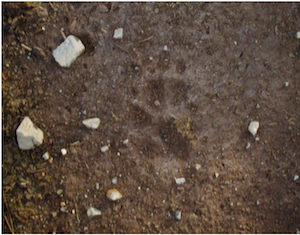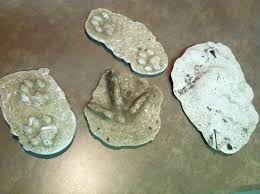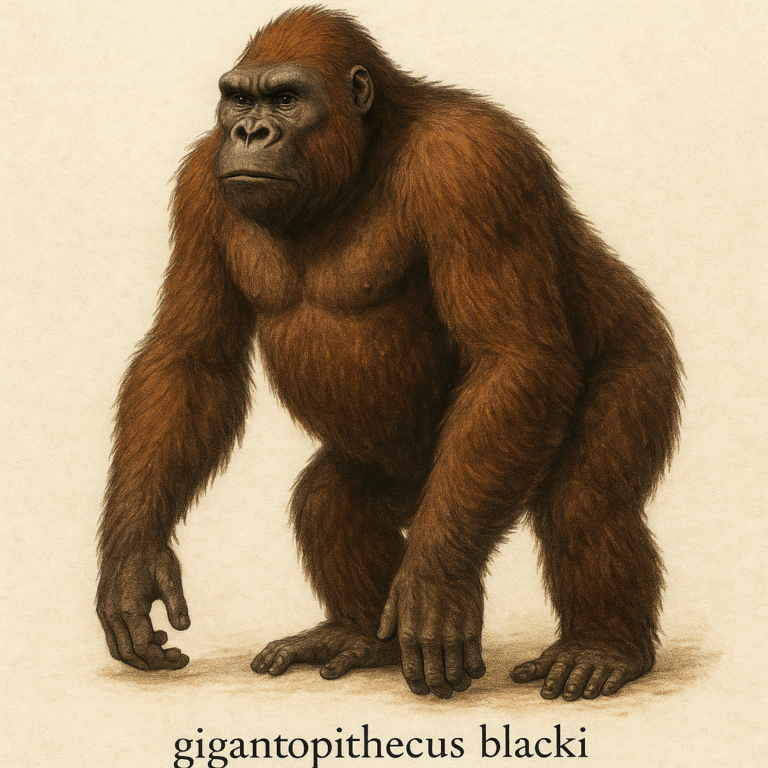I can not think of a more fascinating area of research for anyone interested in biology or natural history than cryptozoology. Cryptozoology goes beyond the study of known animals. It delves into the unknown. The main purpose of cryptozoology is to gather evidence for the existence of animals not yet known to science and expose the misconception that there is no room left for a large primate to hide. According to Loren Coleman, the term cryptozoology was coined by the late Ivan T. Sanderson, and later reinvented by Bernard Houseman. Richard Greenwell who was secretariat of the now defunct [ISC.] International Society of Cryptozoology said “Originally zoology was cryptozoology. From the late 16th to the 18th century, we were exploring new continents and sending specimens back to the museums. Then early in the 19th century Cuvier, the famous French zoologist said that all the large animals had all ready been discovered. This had a negative impact. There has always been what I call a “Temporal Provincialism” when authorities at any given time, think that they are on top of everything. By the early twentieth century it was thought that all we needed to do was refine our knowledge on everything we had already found. Now in the late 20th century, we are more and more into ecology, and relationships between species and their environments. However, we are not looking for new species hardly at all.
According to the ISCs’ published by laws, a cryptozoologists quarry includes “animals of unexplained form or size, or unexpected occurrence in time or space”. As is well known, many large animals unknown to science have been discovered and classified since the days of Cuvier including many rediscovered, previously thought to be extinct, some, for many millions of years. Animals that surely prove yesterdays myths and legends are todays scientific discoveries. In keeping an open mind at the possibilities of cryptozoology, let’s not forget the incredulous denial and attitude of the modern day scientific community who still dogmatically reflect the feelings of cuvier, who chuckled at the idea of unknown survivors from the past living to the present, and the many wonderful creatures that have been discovered since his day, and indeed during his day.
Most of us are familiar with at least some of the remarkable discoveries that scientists once thought were myths or just had no clue of their existence and were taken totally by surprise. Here’s some amazing examples. The pigmy hippopotamus, the okapi, and the gorillas. Giant octopus and giant squid are now known to exist and are not merely myth. The first gorillas were described in 1847 – almost nothing was known of them until 1959-60 when studies were made of them by George Schaller and his wife. The mountain gorilla was not known to science until 1902. The first successful studies of the mountain gorilla in the wild didn’t take place until 1959. The Bonoboo, pigmy chimpanzee, was discovered in 1929. Mega mouth shark, discovered in 1976 was completely unknown. The Fossa of Madagascar, is a lot like a feline it has retractable claws and a fearsome set of teeth. But unfeline like, the fossa has the ability to move rapidly through the trees and has a snout like a dog. The fossa is both nocturnal and diurnal. It remained unknown in spite of many years of research conducted studying lemurs in fossa habitat. Scientists were totally unaware of their existence because of their ability to hide. The fossa is related to the mongoose. The kouprey, a large wild bison, wasn’t discovered by western science until 1936, when the first specimen was identified at the Paris zoo. This beast roams the open savanna and wood land areas of cambodia where the terrain leaves it highly visible. but zoologists, who don’t hesitate to accept fossil evidence, will not except eyewitness reports of large unclassified creatures that appear only briefly. The kouprey was rediscovered in 1982. Science admits that there are creatures all around us that should have been extinct aeons ago. the turtle, the alligator, the horseshoe crab, some snails, a few of the spiders and cockroaches, and all the snow fleas have remained unchanged by evolution over millions of years. The cealacanth, was discovered in 1938, the saolo or spindle horn in 1982. Western scientists documented a large forest ox in Vietnam. A new species and genus of bovid discovered in vietnam in 1992. In 1995 the muntjak deer was documented in the vuquang forest reserve. These animals have previously been well known by the local people [megomantiacus vuguansis]. The komodo dragon was discovered on Indonesia islands in 1912. The chacoan peccary [Javelina], a pleistocene fossil species was discovered alive in Paraguay in 1975. The giant gecko of New Zealand. The only known specimen, discovered in a french museum in 1984. The Giant Panda’s existance wasn’t known until 1869. It took sixty seven years from the time of the “discovery” of the giant panda by westerners until its live capture. This provides an example of how difficult it can be to track down and locate even a large creature in difficult terrain. Less than one thousand remain in the wild. During the 67 years, twelve well staffed and equipped professional expeditions failed to collect a single living specimen. Even more amazing Beijing scientists exploreing Shanni Province have reported two previously unknown species of panda. Another animal who’s existence was denied by the scientific establishment is the platypus which had been living for over 50,000,000 yrs. Even after the British Museum received a pair of pickled specimens they were not thought to be genuine. The first duck billed platypus pelt to be presented was thought to be a hoax. The wood buffulo [Bison Athabasae] was thought to be extinct until a wildlife team flying over Wood Buffulo National Park in Alberta spotted a herd of two hundred of them. These rare enormous bison are the only pure strain of wood bison in the world left over from the ice age. It’s estimated that their are over 2,000,000 species of flroa and fauna waiting to be discoverd. Even though the majoraty of these discoveries would be everything from small primates and mammals to microbes there is still plenty of room on this planet to harbor large, even enormous creatures unknown to science.
© Ronnie Roseman















